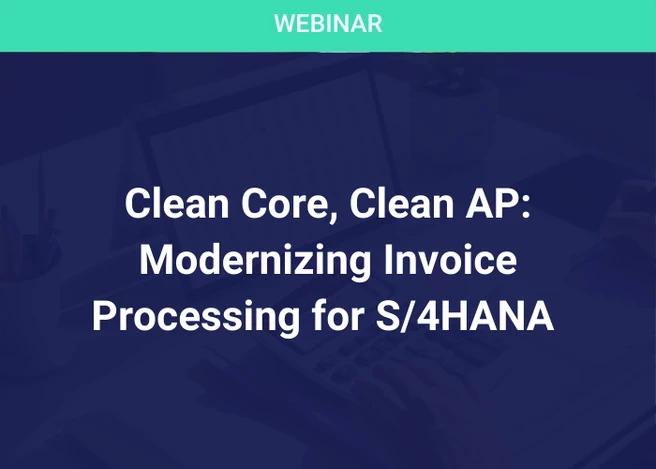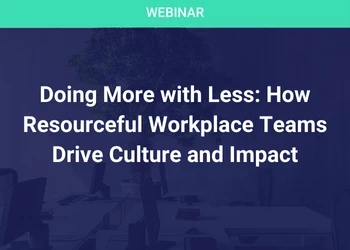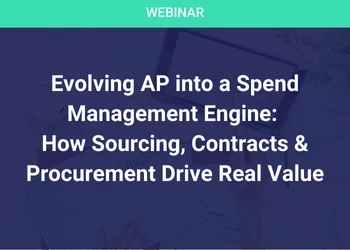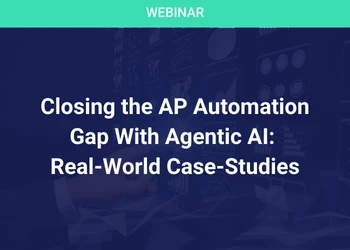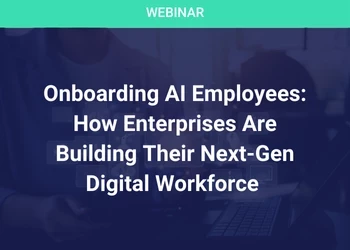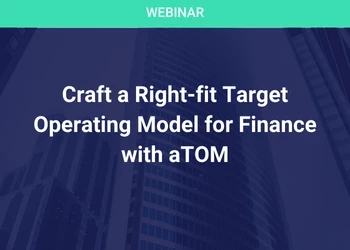Leading the Automation Revolution @Spotify
Add bookmark
Interview with Sidney Madison Prescott, Global Intelligent Automation Lead at Spotify and a recipient of the 2020 Top 50 Tech Visionaries Award
Tips from the woman who set up E*Trade’s first RPA CoE, and is now leading the charge at Spotify.
Question: How does Spotify’s culture reflect the digitization that drives its business model?
Sidney Madison Prescott: As a company, we are very engineering focused. It’s all about innovating in our space, from how we curate playlists and approach algorithms, to how we drive the end-user experience – everything is about customization. The culture drives a unique approach to developing ideas and solving business problems, including rethinking our internal processes. And this provides a natural link to intelligent automation, which is where I sit.
Q: You lead the intelligent automation initiative at Spotify, having set up the RPA CoE at E*Trade. What’s your advice on driving IA projects forward successfully?
SMP: First, you need to have executive leadership support. This is the difference between scaling fast or floundering slowly. If you have that, it signifies to stakeholders that you have the backing of corporate executives. It also ensures senior leadership incorporates IA into its strategic initiatives – so the impact of IA is reflected in quarterly targets, for example.
Secondly, you need to choose your RPA provider very carefully. This isn’t just about choosing a provider – it’s about choosing an automation partner. Whatever your growth objectives, you need to ensure you start with a robust and capable RPA platform that can incorporate additional competencies around machine learning, OCR, data analytics and visualization, chatbots, etc. This forms the foundation of your scalable solution. The extent to which leveraging additional toolsets succeeds or fails – and scaling is based on deploying more of these solutions – depends on choosing the right platform.
Q: What are some considerations around choosing the right platform?
SMP: Most vendors today present themselves as an automation platform. These are defined, to a greater or lesser extent, according to RPA functionality, design and development of bots, testing and managing workflows, and orchestrating activity. Some platforms also include data analytics and visualization components. What’s important is to fully understand the platform and it inherent capabilities, as well as how easily it integrates with additional tools. The platform forms the foundation of your IA strategy so it’s worth spending the time to truly understand it.
Q: What are three tips to ensuring your IA program is scalable?
SMP: First, start small, with a proof of concept, and assess the impact in one area. This is really an exercise to understand how to address business problems and pain points, and how to orchestrate the partnership with business stakeholders and subject matter experts. It’s about developing a cadence with business stakeholders and learning from mistakes.
Next, you need to manage the expectations of the business. Be as transparent as possible about your efforts and the results. This is also about actively communicating your strategic approach and understanding where the business is with regards to its objectives.
Finally, you need to be entirely accountable for results. Do a deep dive into metrics to track IA progress, having first agreed with the business on how to define success – i.e., which measures determine success.
Q: What can derail the scaling process?
SMP: Most commonly I think it’s a lack of knowledge. This is tough because the knowledge around solutions changes on a quarterly basis – at least that’s what I see based on vendors’ proposals. It’s challenging to stay on top of developments. But you have to set up a baseline of knowledge to guide your implementation journey. It’s also about understanding roadblocks and pain points and learning from them.
Another thing is that, if you set your initial targets too high, or focus on the wrong metrics, you’re setting yourself up for failure. Many organizations target a specific number of bots in their first year. Not only is that the wrong metric, but it can be counterproductive as you end up building bots – i.e., automating processes – rather than focusing on creating business value. Value has to come first.
Q: If ‘number of bots’ is not the right metric – then what is?
SMP: I think one of the most important metrics to track is “capacity release” for the business. That means: once you automate a process, what’s the capacity you are pushing back to the business team? It’s quite easy to measure and represents real value. You can track the post-automation stage by how many times a process ran and the frequency of that process … and compare it to how often the process was executed manually, and how long it took end-to-end, including any rework due to human error. The difference represents true value.
Q: Let’s pivot from bots to tunes… What’s your favorite Spotify tune or podcast?
SMP: I listen to tons of different songs but I have to say the one I come back to time and again is probably Jay-Z and Alicia Keys’ Empire State of Mind – I am a New Yorker, after all!
On podcasts, I listen to The Culture Factor. It covers everything from digital transformation to the cultural elements of a successful enterprise. I enjoy it because it showcases leaders who are advancing the internal culture of their organizations and offers great insight on how others are innovating within their enterprises.
Q: I see on LinkedIn you are a Founding Member of “Chief.” What is that about?
SMP: Chief is a women-only initiative, and is specifically focused on women on track to senior leadership positions, supporting them with tools, experience, and connections on their path to the C-suite. It’s centered around knowledge sharing to help move us forward. It’s also about making connections with like-minded women across industries, facilitating useful conversations around knowledge and tools, but also forming networks.
Q: What have you gained from this group?
SMP: I learned a lot about the importance of board membership. The benefits you gain from being on a board – whether it’s a for-profit or a nonprofit – in terms of experience and connections, but also how to amplify your profile through this position. That has been very valuable – understanding how to get onto boards, and also how to showcase these memberships as part of your career progression.

